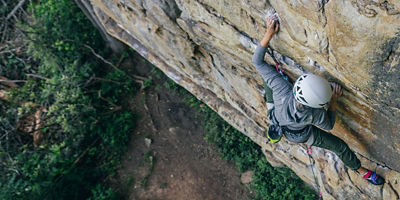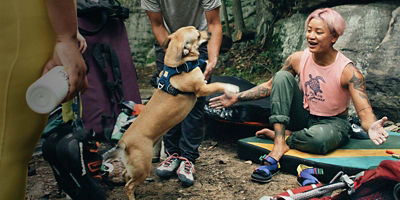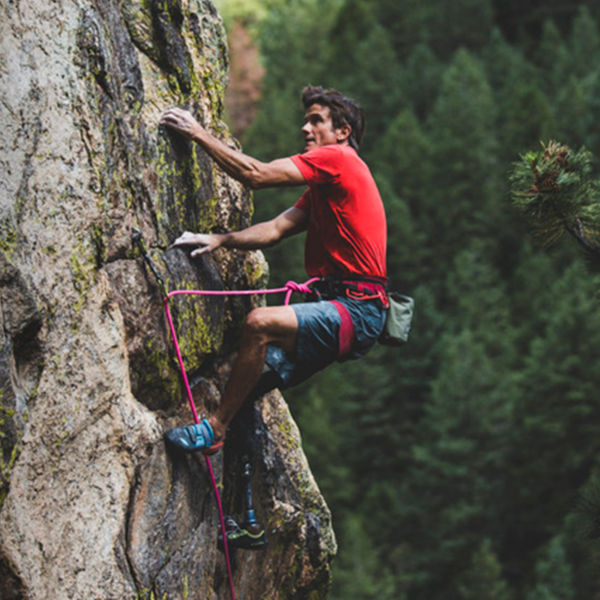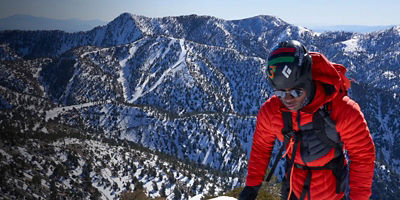
Learning how to boulder is one of the best ways to kickstart your rock climbing career. That’s because bouldering is climbing distilled to its purest form: Without ropes or much (if any) gear, you don’t have to focus on anything except trying hard on the rock. And because most boulders are short, the movements can be much more difficult than the hardest moves you’ll find on many sport climbs, where climbers have to manage their endurance as well. That short, concentrated style of movement makes bouldering one of the best ways to develop power, strength, and good technique—all of which translate to other types of climbing.
The other amazing thing about bouldering is that it’s one of the easiest disciplines of climbing to get into. You don’t need to know anything about building anchors or managing ropes, and a crash pad is the biggest purchase you’ll ever have to shell out for. That makes learning how to boulder both incredibly accessible and easy to share with friends.
In this article, you’ll learn the following:
- What is Bouldering?
- Essential Gear
- Where to Go
- Tips for Safe Spotting
- How to Boulder: Basic Technique
What Is Bouldering?
Bouldering is a sport that requires a unique combination of problem-solving, strength, and body awareness. It involves climbing short sections of rock, usually with the goal of getting to the top of a large boulder (hence the name). In America in the 1950s, bouldering was mainly used as a way to practice and stay fit for longer, roped rock climbs. It wasn’t until the late ’50s that climbers started grading boulders, also referred to as “bouldering problems,” and recognizing them as routes in their own right. Today, bouldering is a distinct sport with unique grades, techniques, and culture of its own.
Bouldering Grades
In the U.S., bouldering grades exist on a “V” scale, invented by John “Vermin” Sherman in Hueco Tanks, Texas in the 1990s. Many bouldering gyms also use the V scale. However, because grading is fundamentally subjective, some areas (and gyms) have reputations for being “soft” while others are known for “stout” or “stiff” grading. That means you may be able to climb V5 easily in one place and struggle on V3s in another. This is normal, and all part of the bouldering experience.
It’s hard to exactly translate bouldering grades to roped climbing grades, but most people agree that a V1 is roughly equivalent to 5.10, V2 to V3 feels similar to 5.11, and V5 is about the same as a 5.12 crux.
Indoor vs. Outdoor Bouldering
Both indoor and outdoor bouldering are great options for getting stronger and honing your climbing technique. Keep in mind that the two often feel different in terms of style. So if you got your start indoors, don’t be afraid to encounter a new learning curve when you venture onto real rock. But don’t give up; the experience of working new problems with friends in a beautiful setting is well worth it.























